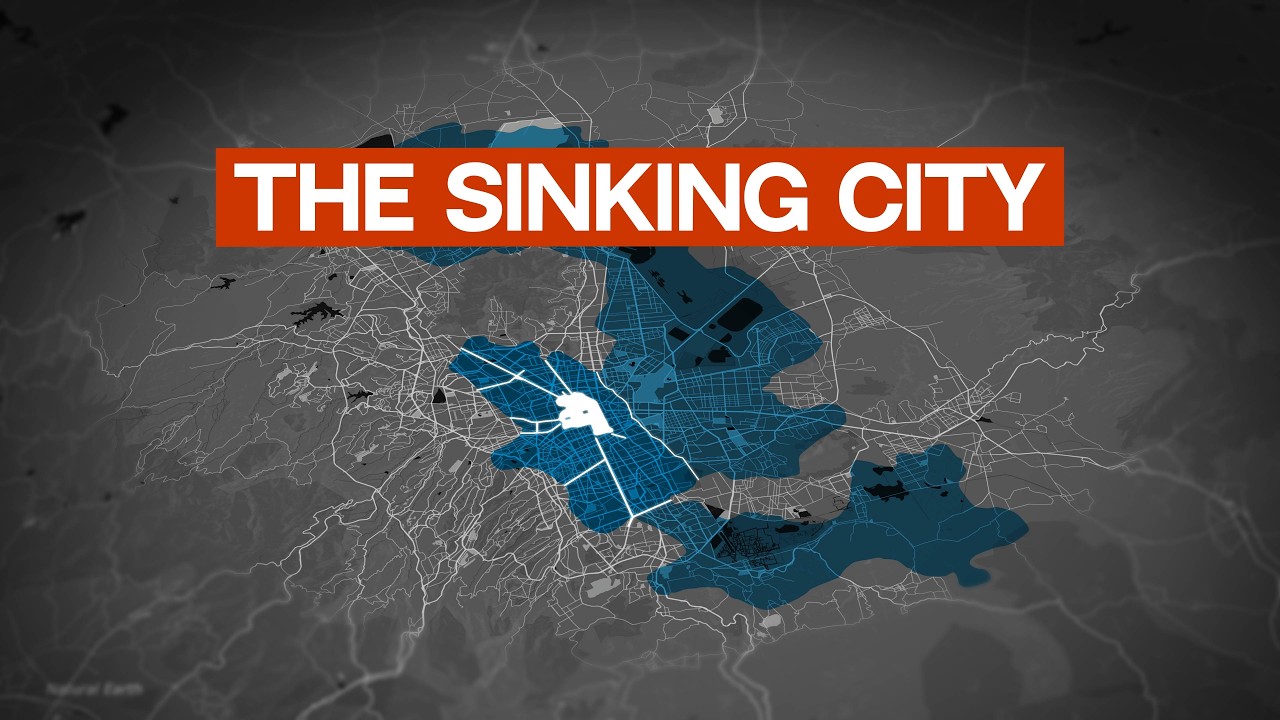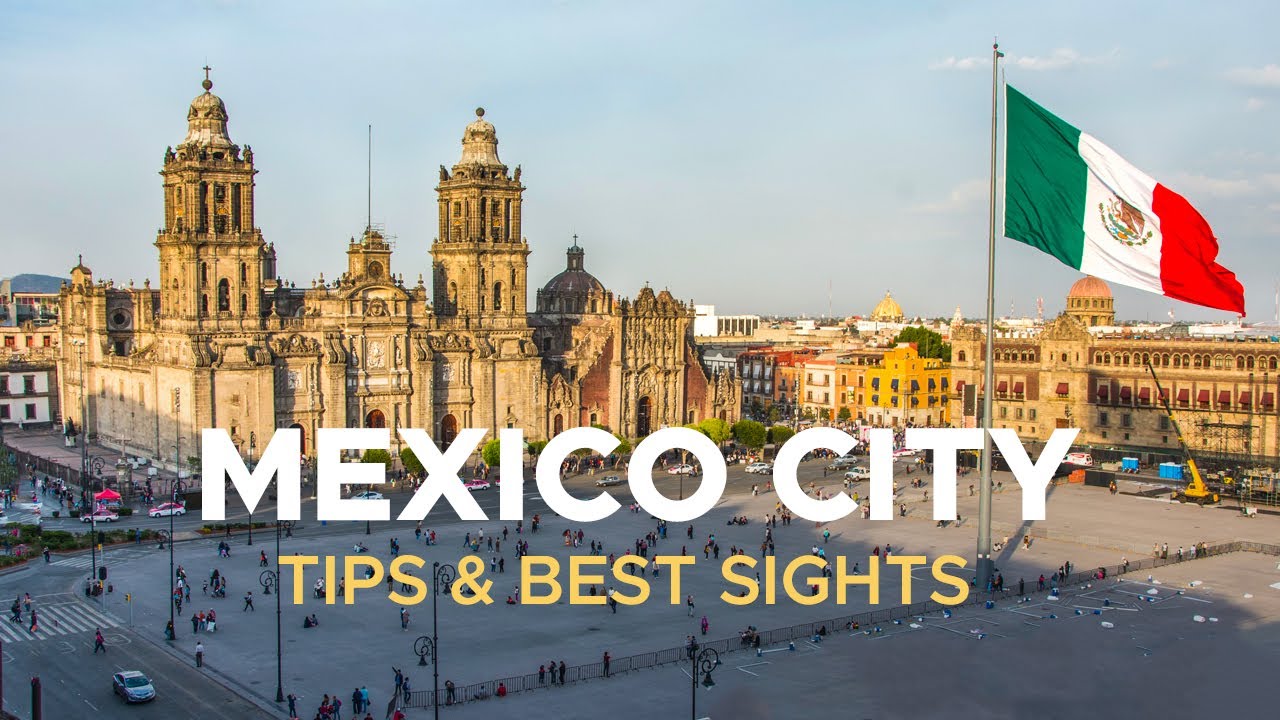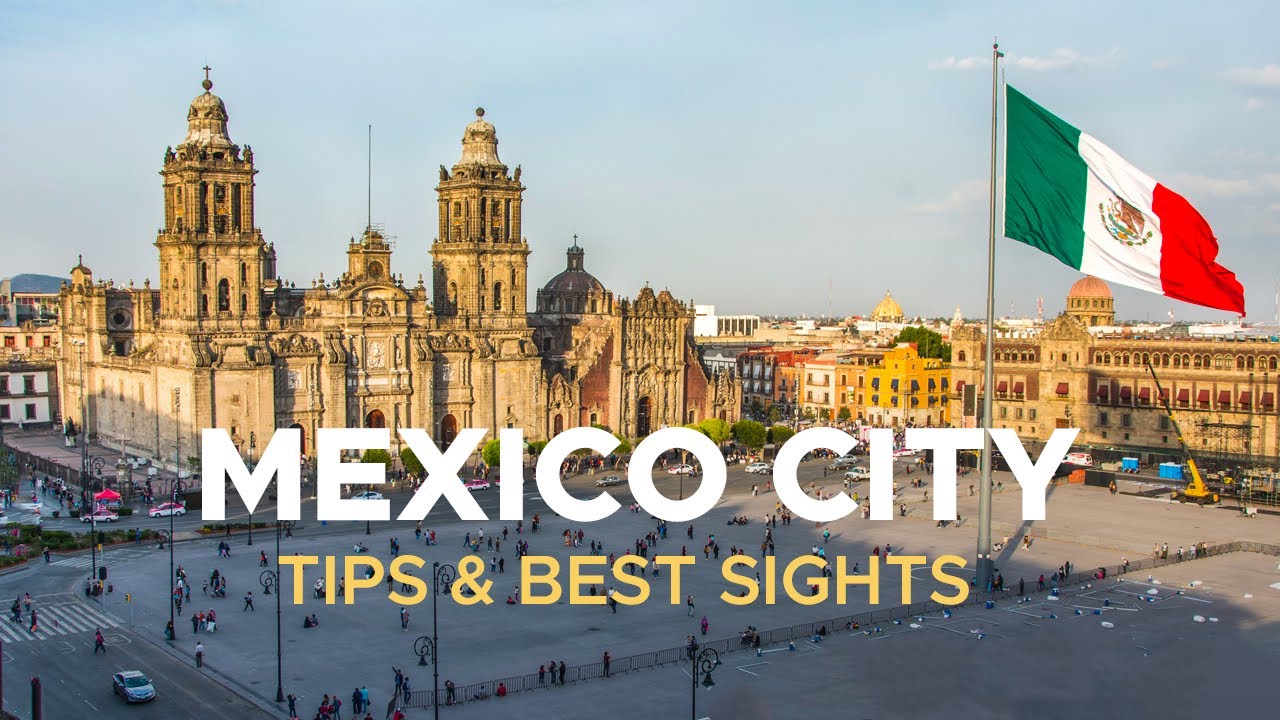Exploring the Early Stages of Mexico City’s Architecture
The early stages of Mexico Citys architecture are deeply rooted in its rich history, predominantly influenced by the Aztec civilization and the Spanish conquest. This early architecture is characterized by a fusion of styles, reflecting the cultural diversity and complexity of the city. The pre-Hispanic era, colonial period, and the post-independence phase each played a significant role in shaping the citys architectural landscape.
Pre-Hispanic Era
In the pre-Hispanic era, Mexico City, then known as Tenochtitlan, was the capital of the Aztec empire. The city was renowned for its architectural grandeur, with massive temples, palaces, and public buildings. The most notable among these was the Templo Mayor, an imposing double pyramid dedicated to the gods of war and rain. This periods architecture was characterized by the use of local materials such as stone and wood, intricate carvings, and a keen sense of symmetry and proportion.
Colonial Period
The Spanish conquest in the 16th century brought a dramatic shift in Mexico Citys architecture. The Spanish introduced European architectural styles, particularly Baroque, Neoclassical, and Renaissance, which were integrated with the existing indigenous styles. The Metropolitan Cathedral and the Palace of Iturbide are prime examples of this blend. These structures were often built using materials from the demolished Aztec buildings, symbolizing the cultural collision of the period.
Post-Independence Phase
Following Mexicos independence in the 19th century, there was a surge in nationalistic sentiment which was reflected in the citys architecture. The architectural designs of this period aimed to assert Mexicos identity, blending European influences with indigenous styles to create a unique Mexican aesthetic. The Palace of Fine Arts and the National Palace are representative of this era, showcasing elements of Neoclassical, Art Nouveau, and Art Deco styles.
The Influence of Colonial Era on Mexico City’s Architecture
Mexico Citys architecture is a fascinating amalgamation of different styles and periods, but the influence of the Colonial era is particularly pronounced. When the Spanish colonized Mexico in the 16th century, they brought with them their own architectural styles and techniques, which deeply influenced the citys architectural evolution.
Spanish Colonial Architecture is characterized by its sturdy construction, intricate details, and symmetrical designs. Some of the most iconic buildings from this period, such as the Mexico City Metropolitan Cathedral and the Palace of Iturbide, showcase the Spanish penchant for grandeur and opulence. These buildings are notable for their expansive courtyards, high ceilings, and ornate stone carvings, all hallmarks of Spanish Colonial architecture.
The colonial era also saw the construction of many mission-style churches throughout Mexico City. These structures, typically built with adobe and featuring bell towers and central naves, were heavily influenced by Spanish ecclesiastical architecture. The San Francisco Church and the Church of Santo Domingo are prime examples of this style.
In addition to these grand structures, the influence of the colonial era can also be seen in the citys residential architecture. Many houses and apartments in Mexico City still retain the distinctive features of colonial architecture, such as the use of balconies, inner courtyards, and colored tiles. These features not only add a touch of historical charm to the citys residential areas, but they also provide practical benefits, such as natural ventilation and protection from the sun.
Overall, the influence of the colonial era on Mexico Citys architecture is undeniable. From grand cathedrals to humble homes, the citys buildings bear the unmistakable imprint of Spanish colonial design, making it a living testament to this fascinating period in history.
Transition into Modernism: A New Era for Mexico City’s Architecture
The transition into Modernism marked a significant era in Mexico Citys architecture, representing a move away from traditional styles and towards a more innovative and contemporary aesthetic. This period, predominantly in the mid-20th century, saw the citys skyline transform with the introduction of bold, geometric designs, an emphasis on function over form, and the innovative use of new materials and construction techniques.
International Influence on Modernist Architecture
Modernist architecture in Mexico City was significantly influenced by international trends, particularly those emerging from Europe and the United States. Architects such as Luis Barragán, Mario Pani, and Juan OGorman began to incorporate elements of the International Style, characterized by clean lines, open spaces, and a lack of ornamentation, into their designs. This was a radical departure from the ornate and highly decorative styles that had previously dominated Mexican architecture.
The Role of Modernist Architecture in Urban Development
Modernist architecture played a crucial role in the urban development of Mexico City. High-rise buildings, wide boulevards, and expansive public spaces became hallmarks of the citys modernist landscape. This new architectural style was not just about aesthetics; it also aimed to address the practical needs of a rapidly growing urban population. In particular, the development of functionalist architecture, a sub-genre of modernism, focused on creating buildings that were not only visually striking but also fit for purpose.
Iconic Modernist Buildings in Mexico City
Some of the most iconic examples of modernist architecture in Mexico City include the University City Campus of the National Autonomous University of Mexico (UNAM), the Torre Latinoamericana, and the Palace of Fine Arts. These landmarks showcase the diversity and innovation of modernist architecture, reflecting Mexico Citys evolution into a dynamic, cosmopolitan city.
Contemporary Trends in Mexico City’s Architectural Evolution
Mexico Citys architectural landscape is an amalgamation of history, tradition, and modernity. The citys architectural evolution has seen a shift towards contemporary trends that blend local culture and modern design aesthetics. These trends reflect Mexico Citys thriving architectural scene, bringing together innovative design principles and sustainable practices.
Integration of Indoor and Outdoor Spaces
One of the most prominent trends in Mexico Citys architectural evolution is the integration of indoor and outdoor spaces. Many new buildings are designed to blur the boundaries between the interior and exterior, creating a seamless transition that allows natural light and fresh air to permeate the space. This trend can be seen in both residential and commercial buildings, with architects incorporating elements such as large glass windows, terraces, and green spaces to connect the indoor and outdoor environments.
Emphasis on Sustainability
Sustainability has also become a significant focus in Mexico Citys contemporary architecture. Architects are increasingly incorporating eco-friendly materials and energy-efficient designs into their projects. Green roofs, rainwater harvesting systems, and solar panels are just some of the sustainable features being integrated into new buildings. This trend not only reflects a commitment to environmental responsibility but also enhances the aesthetic appeal of the citys architectural landscape.
Preservation and Modernization of Historic Buildings
Finally, a noteworthy trend in Mexico Citys architectural evolution is the preservation and modernization of historic buildings. Rather than demolishing these structures, architects are breathing new life into them by adding contemporary elements while preserving their historic charm. This approach maintains the citys rich architectural heritage while accommodating the demands of modern living.
In conclusion, Mexico Citys architectural evolution reflects a careful balance of tradition and modernity. These contemporary trends not only enhance the citys aesthetic appeal but also promote sustainability and preserve its rich architectural heritage.
Future Perspectives: The Next Phase in the Evolution of Mexico City’s Architecture
As Mexico City continues to grow and evolve, its architecture is set to embark on a new phase of development. This evolution will be driven by a combination of factors, including advancements in technology, environmental concerns, and changing societal needs. The future of architecture in Mexico City will likely be characterized by sustainable design, innovative use of space, and a strong emphasis on cultural heritage.
Sustainable Design
With climate change becoming an increasingly pressing issue, the demand for sustainable design in architecture is on the rise. Architects in Mexico City are responding to this demand by incorporating energy-efficient technologies and eco-friendly materials into their designs. Green roofs, rainwater harvesting systems, and solar panels are becoming common features in the citys buildings. This not only helps to reduce the environmental impact of the buildings, but also improves their aesthetic appeal and enhances the quality of life for the inhabitants.
Innovative Use of Space
As the population of Mexico City continues to grow, the city is facing a shortage of space. To tackle this challenge, architects are exploring innovative ways to use space. This includes the development of multi-functional buildings that can adapt to different uses, as well as the use of vertical space for high-rise residential and commercial buildings. The city is also seeing a trend towards the creation of public spaces that encourage social interaction and community engagement.
Cultural Heritage
In addition to these trends, the architecture of Mexico City is also expected to reflect the citys rich cultural heritage. Architects are increasingly using local materials and traditional construction techniques in their designs, creating a unique blend of old and new. This approach not only helps to preserve the citys cultural identity, but also adds to the visual appeal of its architecture. In the future, we can expect to see more buildings that pay tribute to Mexico Citys past, while also looking forward to its future.



